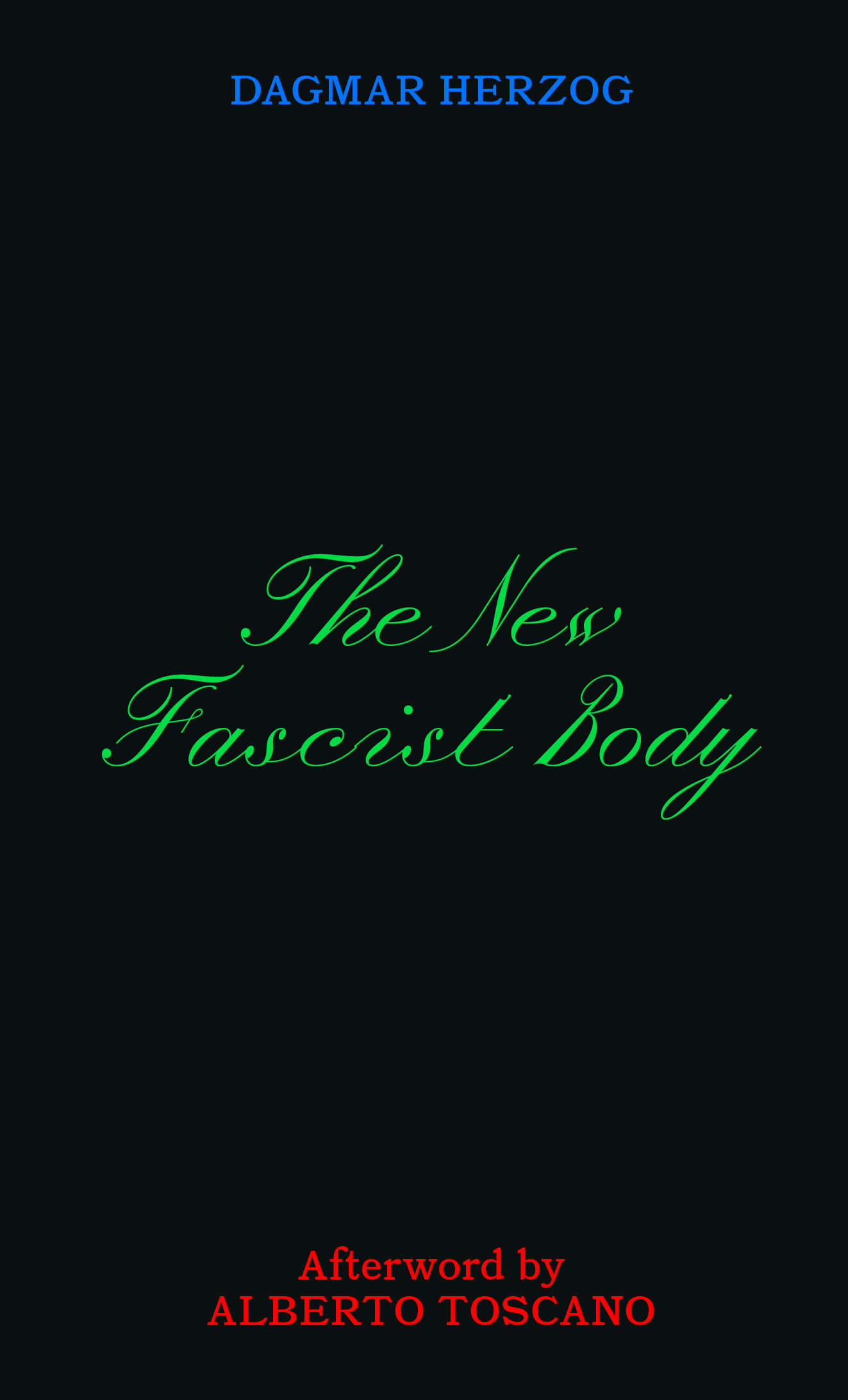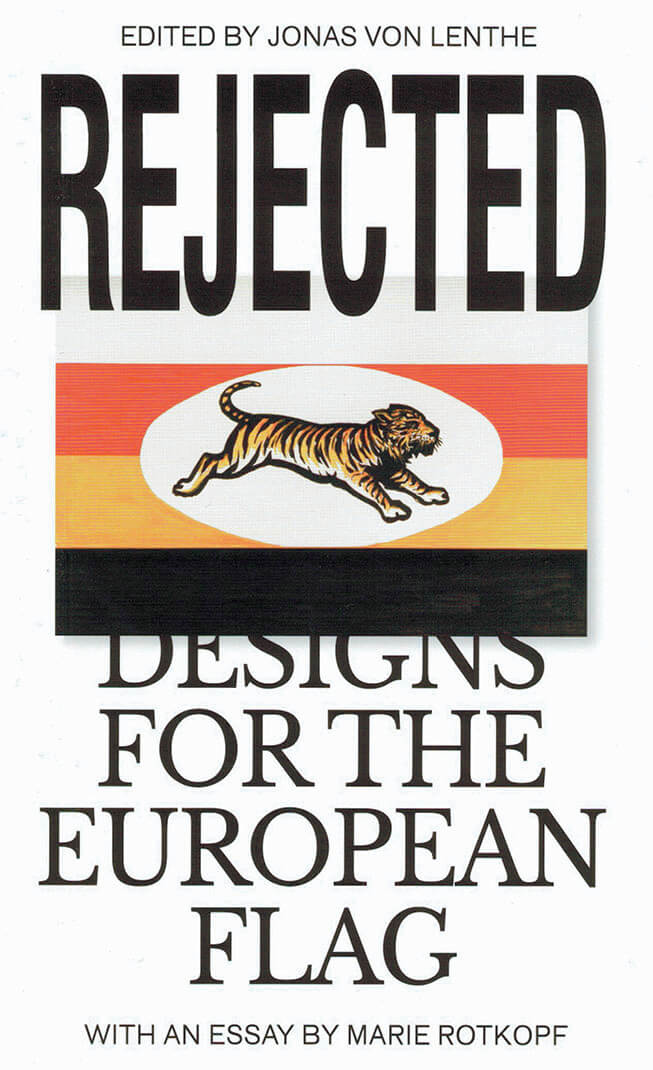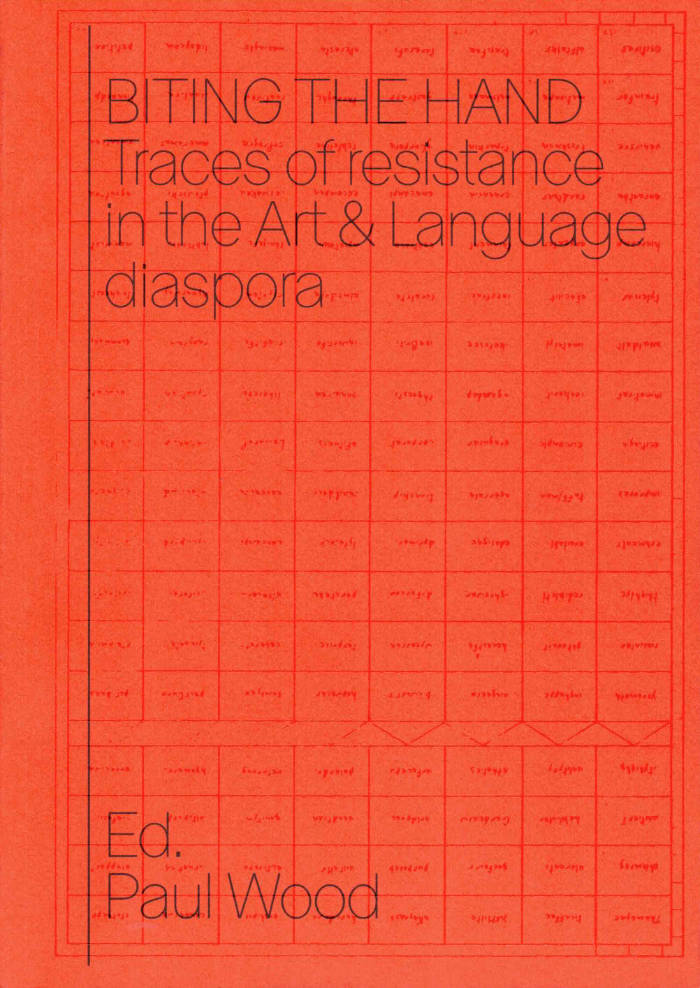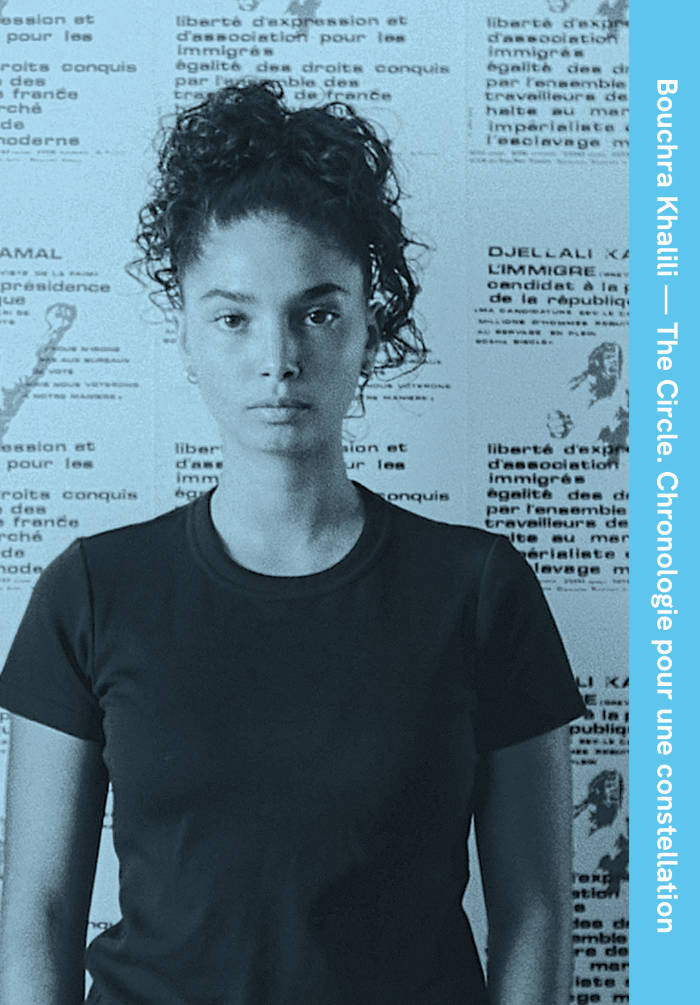
Material Marion von Osten 1 – MoneyNations
The first volume in a series devoted to Marion von Osten's archives, around the MoneyNations project, transversing between art, theory, and activism.
MoneyNations was an exhibition, a webzine, a radio, a conference, a video archive, a printed publication, an infrastructure, a counterpublic, an ongoing discussion, a transnational network of friends. Initiated by Marion von Osten as curator at the Shedhalle Zurich, the project evolved from an urgency to act against the hegemonic forces of "the West" within the radically changing condition of post-Cold War Europe. MoneyNations addressed—and intervened in—the interrelatedness between racist border policies and media representations, exploitative economic relations, and identity-forming processes. The applied methods of critique and organizing, transversing between art, theory, and activism, are made accessible in this volume through images, correspondences, and other ephemera, revealing their political potential for the present. It is contextualized by a conversation between Sezgin Boynik (Rab-Rab Press), Ferdiansyah Thajib (KUNCI Study Forum & Collective), Eleanor Ivory Weber, Camila Willis (Divided Press) and the editors.
The Material Marion von Osten series periodically publishes selected archival documents from von Osten's projects and contextualizes them with new contributions. Correspondences, drafts, scripts, photographs, videos and printed matter serve as the starting point for the publication series which maps the complexity of Marion von Osten's transversal cultural production in its details and specifics.
The artist, curator, researcher, and educator Marion von Osten (1963-2020) lived in Berlin since the early 1990s. Her always collaborative approach manifested in exhibitions, conferences, installations, as well as films, discussions, texts, teachings, or self-published journals. Her projects were all intertwined and carried by her specific way of working: through artistic research and feminist organizing, transnational and committed to the project of decolonization. Amongst her works are the international exhibition series bauhaus imaginista (2018-2020), Viet Nam Discourse (2016-2018) at Tensta Konsthall, Project Migration (2002-2006) in Cologne, and Sex & Space (1996) at Shedhalle Zurich. As collective infrastructures, her collaborations included Labor k3000, kleines postfordistisches Drama (Minor Postfordist Drama, kpD) and the CPKC Center for Postcolonial Knowledge and Culture.
Edited by Lucie Kolb, Jonas von Lenthe, Max Stocklosa.
Conversation between Sezgin Boynik, Ferdiansyah Thajib, Eleanor Ivory Weber, Camila Willis and the editors.





.jpg)

